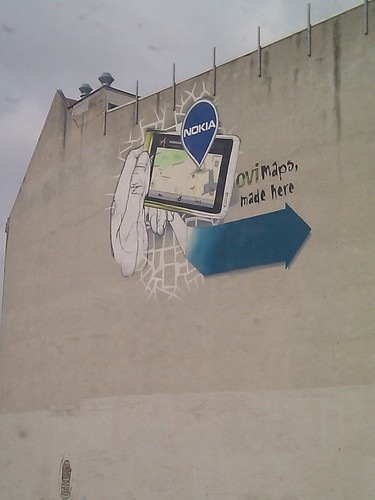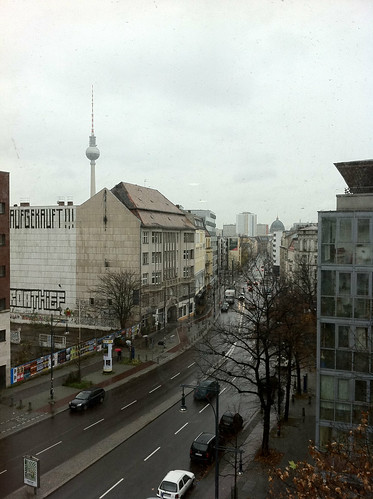Putting The Tube On The Grid; A Geeked Out Cartographical Recipe
Here's a simple, cut-out-and-keep recipe for making a very geeked out update on a cartographical classic. First, take a classic and iconic map which appeals to both the map geek in you as well as the Tube geek in you. Harry Beck's 1931 reworking of the map of the London Underground system will do nicely.
Next, take a classic, 1980's movie which appeals to both the scifi fan and the computer nerd in you and classifies as a guilty pleasure as an added bonus. Disney's 1981 Tron fits the bill here.
Add the ingredients, mix well and serve. The end results might just look like Kevin Flynn's version of the London Underground network on The Grid.
To paraphrase Kevin Flynn (the Tron character not the artist) ... "Who's that guy?", "That's Tron. He fights for the Tube Users".
Photo Credits: thehutch on Flickr and Kevin Flynn on Deviant Art.







